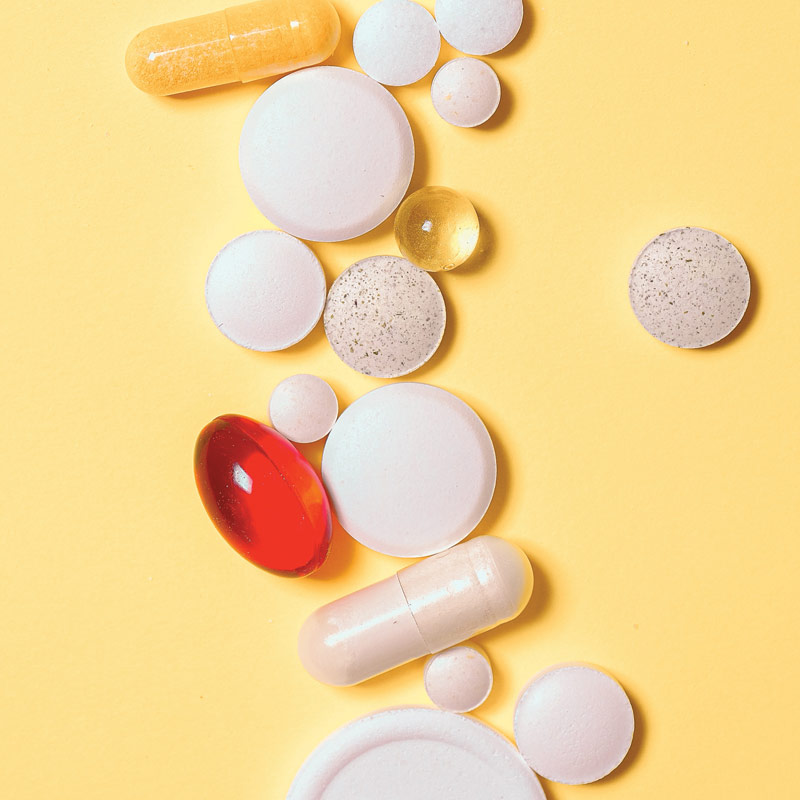POISONS
Safety & Awareness | March 1, 2020

By Carly Hermes, RN, BSN, Safe Kids Fox Valley Coordinator & Tracy Gehrke, RN, BSN, Safe Kids Fox Valley Coalition Member
Poisons in many different forms are causing injury and taking the lives of children each year!
Let’s face it, children are curious and sometimes get into things they shouldn’t. There are many things parents and caregivers can do to avoid these preventable injuries and deaths.
Medicines are the leading cause of child poisoning
Safe Kids Fox Valley wants everyone to learn how to store and get rid of medicines properly to keep your children safe!
- Keep all medications and vitamins up, away, and out of sight after every use with caps closed tightly.
- Keep in mind hidden spots within the home such as purses, bags, dressers and coats.
- Consider a lock box to store medications.
- Keep cleaners and toxic products out of reach and/or install safety locks where you store poisonous items.
- Read labels to determine what can be hazardous to children, and keep materials in their original containers.
- Properly dispose of old medicines and other potential poisons.
- Medication disposal sites are typically available at your local police station or hospital.
Wisconsin Poison Center provides 24-hour, toll-free poison information at 1-800-222-1222.
Carbon Monoxide (CO)
Carbon Monoxide is a gas that you cannot see, taste, or smell. In 2017, poison control centers reported 3,248 cases of carbon monoxide exposure in children 19 and under.
Safe Kids Worldwide recommends taking these steps to prevent Carbon Monoxide Poisoning:
- Install carbon monoxide (CO) alarms. Make sure there is one on every level of your home, especially around sleeping areas.
- Test CO alarms every month. Replace them according to the manufacturer’s instructions.
- Avoid using gas appliances inside your home. Use generators and grills outside of your home, away from windows and doors.
- Warm up vehicles outside of your garage.
- In a CO emergency, leave your home immediately. If the CO alarm sounds, quickly leave your home. Move to a safe location outside where you can breathe in fresh air before you call for help.
For more information about how to prevent Carbon Monoxide Poisoning visit: Safe Kids (safekids.org) or Centers of Disease Control and Prevention (cdc.gov)



